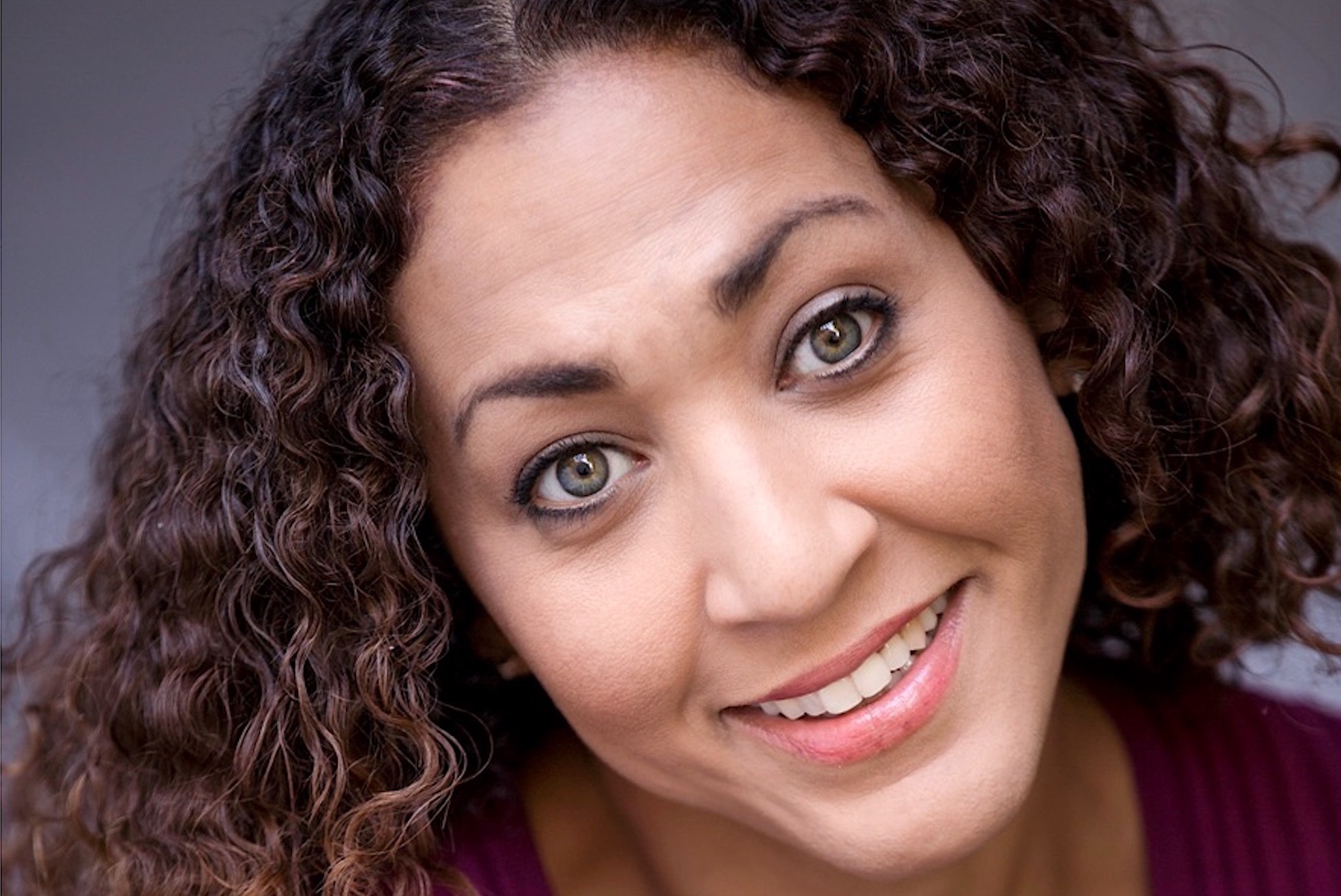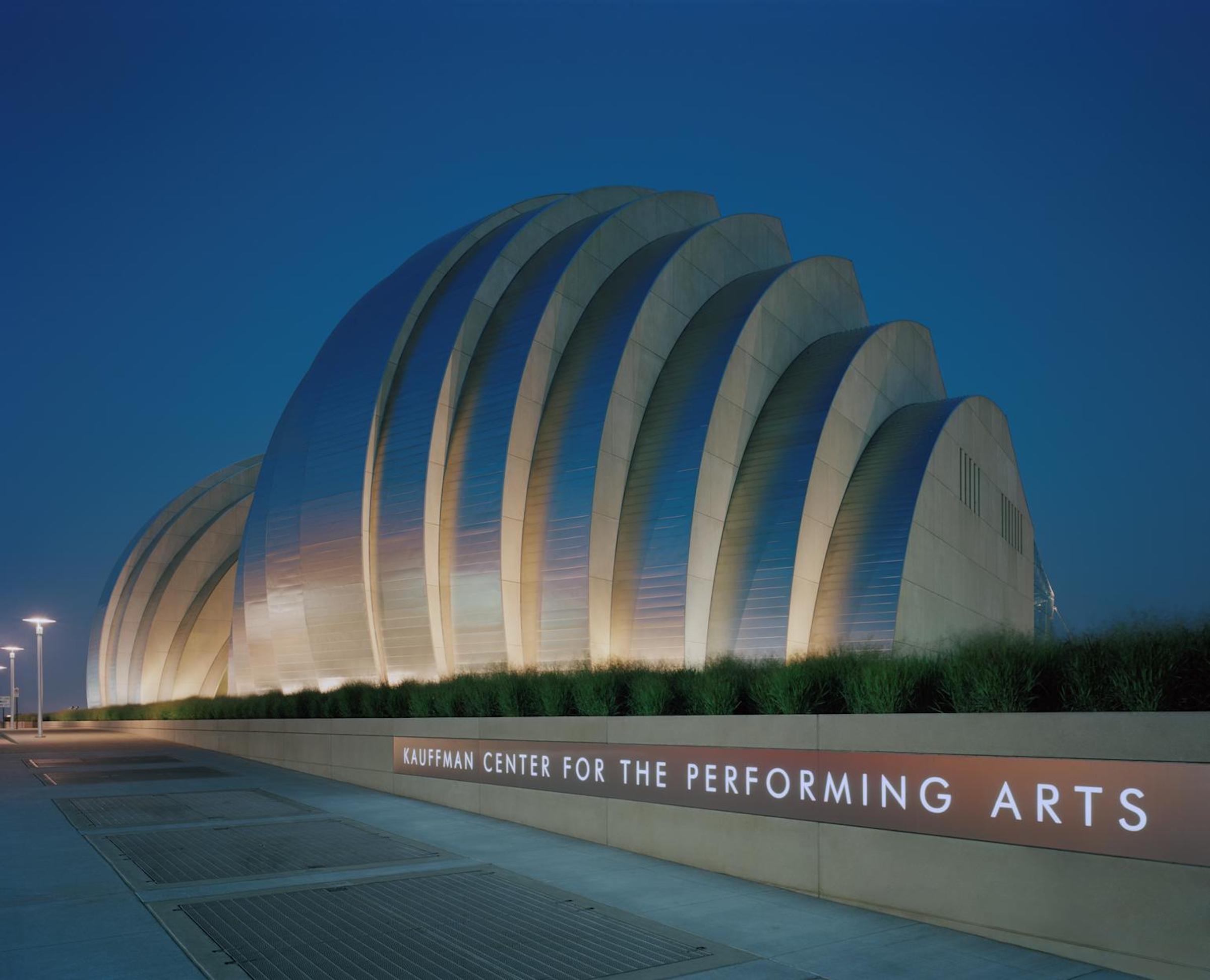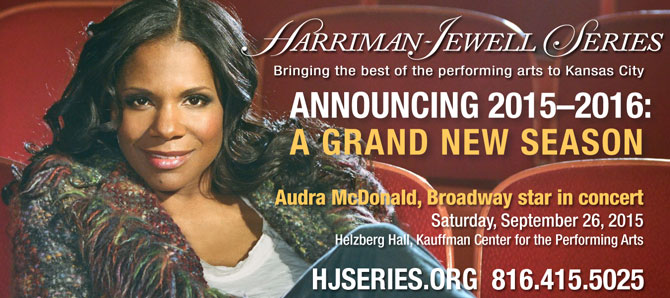MADE GLORIOUS SUMMER: Fine performances have graced the city’s summer months
By Paul Horsley
One of the most satisfying concerts I attended this summer was that of tenor Joseph DeSota and pianist Natalia Rivera, who gave a sophisticated performance of Schubert’s Die schöne Müllerin on August 9th at Grace & Holy Trinity Cathedral. It was part of the “Summer Music at the Cathedrals” series sponsored by the two downtown cathedrals and their music directors, John Schaefer and Mario Pearson, which continues on August 23rd at the Cathedral of the Immaculate Conception (“French Organ Festival”) and concludes on August 30th at Grace & Holy Trinity (The Lyric Arts Trio).
Singer and pianist both demonstrated extreme sensitivity to the subtleties of the Wilhelm Müller poems Schubert used for his pain-filled yet essentially cheerful song cycle. There was great attention to detail of text-setting, yet dramatic pauses and hesitations (as in “Der Neugierige”) were never forced. Joseph sang in excellent German, and with great intelligence, in moods ranging from tender (“Morgengruss”) to assertive (“Mein!”). Natalia, a UMKC faculty member, proved an equal partner in Schubert’s challenging keyboard parts: Nothing fires up a singer more effectively than a powerful, warmly shaded piano introduction (as in “Die böse Farbe”). The balance in Grace & Holy Trinity’s airy acoustic was ideal. The duo had clearly internalized the deeper meanings of these works, and one was grateful for the chance to hear a milestone of 19th-century music in rare live performance.
— The Harriman-Jewell Series concluded its 50th anniversary season with a brilliant performance by Parsons Dance, the fine company founded in 1985 by Kansas City native David Parsons, who was on hand for the performance at the Kauffman Center on June 6th. Highlighting the evening was the world premiere of Finding Center, a piece inspired by an exhibition of pastels and paintings (bearing the same name) by longtime KC favorite Rita Blitt. This artist’s series of ever-shifting ovals, projected upstage throughout the piece, formed a fascinating backdrop to a multi-movement piece containing the full range of David’s choreographic skills. Cast to a minimalist score by film composer Thomas Newman, the dance ranged from frenetically modern explosions to taut, balletic small ensembles and a tender pas de deux by dancers Elena D’Amario and Ian Spring. The “oval” continually shifted from grey tones to vivid colors, resembling at times a sunrise or rainbow, at times a hurricane or even a fried egg. The program also included works of Trey McIntyre (“Hymn”) and Robert Battle (“Train”), and David’s own “Ebben,” “Caught” and “Swing Shift.” It was a bold conclusion to a splendid 50th fete.
— The Kansas City Dance Festival grows more ambitious and interesting each year, and in its third permutation it demonstrated that it has acquired an artistic heft that suggests it could be around for a long time to come. Founded by dancers Anthony Krutzkamp and Logan Pachciarz, the annual program draws dancers and choreographers from around the world. On July 24th and 25th at the Folly Theater they performed works of Douglas Lee (“Chimera”), Balanchine (“Rubies Pas de Deux”), Marco Goecke (“Firebird Pas de Deux”), Penny Saunders (“Ghost Light”), Davide Bombana (“The Art of Fugue”), Jennifer Owen (“De Memoire de Rose”) and “Richter Scales” (Anthony and Ryan Joliceur-Ney).
Especially startling for me was the Pas de Deux from Firebird, in which Stravinsky’s music has been set as a wildly contemporary romp, at times humorous (with tiny, herky-jerky motions that seem wittily at odds with the music) and at times crazily serious. Abigail Sheppard, who has performed with several European companies, teamed with former KCB dancer Gabriel Davidsson for this quirky and truly satisfying romp; Goecke is an internationally renowned Resident Choreographer for Stuttgart Ballet.
— One of the big events of the summer was the Gala Performance on July 25th of Summerfest, which celebrated its 25th anniversary season by pulling out quite a few stops. Appalachian Spring is rarely heard in its original version for 13 instruments, which received a solid performance at UMKC’s White Hall. One marvels at the lovely transparency of this 20th-century gem, in the version Copland created to accompany Martha Graham’s choreography. All the “voices” can be heard, and this presents a special challenge for musicians who are, for the most part, more accustomed to performing it in the large-orchestra version the composer later arranged (and which most of us know best). White Hall is not exactly an acoustic treasure, and the texture could have benefitted from more sonic warmth.
— At its June 14th program at the Folly Theater, the Heartland Men’s Chorus demonstrated that its sound and vision continue to expand under Artistic Director Dustin Cates. “A Little Bit Wicked” was devoted to the music of a composer I have long admired, Stephen Schwartz, and it presented a wide-ranging sample of music from Pippin, True Home, Prince of Egypt, Enchanted, Godspell and of course Wicked. It’s been a happy experience to watch this choir thrive through the years, not just with inventive and often fun-spirited programming but with a focus on plain-old good choral sound. In its 29th season it is clearly in capable hands with Dustin, who trained at UMKC and at Baker University.
— The Heart of America Shakespeare Festival’s production of King Lear offered some of the best acting one can find in the region, with sturdy direction by Sidonie Garrett and majestic set designs by Chaz Bell. Kim Martin-Cotton and Cinnamon Schultz were scary-good as ferocious Goneril and Regan, and poor hapless Emily Peterson as Cordelia played a whole gamut, from vulnerable little sister to hearty warrior. Mark Robbins as Gloucester was a sort of tragic center to the action, with John Rensenhouse playing Lear as more dotty than pitiful. Brian Paulette was effectively ruthless as Cornwall. Phil Fiorini deserves special notice as the Fool, whose subtle, subversive antics drew plenty of laughs throughout.
— The Unicorn Theatre concluded its season in June with Tribes, an extraordinary play by Nina Raine about a deaf-mute boy trying to fit into both a dysfunctional family and the deaf community at large. It is a searing and thought-provoking piece that contemplates the nature of language and how we use it. Especially outstanding was Paul Ososki in the role of Billy, the deaf boy, which he played with tensile, controlled passion and a sense of naturalness. (Paul is himself deaf, and teaches at Kansas School for the Deaf.) Billy’s family is all “about” language: They talk incessantly about philology and literature, about Mozart and the need for subtlety. Yet Billy, the deaf one, finds sign language lacking in “figurative” expression, and he wants his hearing family to learn it so that they can understand his struggle: “It’s hard to be subtle, it’s hard to be ambiguous.” David Fritts, Jan Rogge, Nicole Marie Green, Jake Walker and Lisa Lehnen filled out the cast; Theodore Swetz directed with fierce energy.
— The Kansas City Symphony’s program of May 29th through the 31st offered a magnificent rendering of Bach’s D-minor Concerto for Two Violins, with none other than Pinchas Zukerman teaming up with KCS Concertmaster Noah Geller. The two played marvelously together, shaping a fascinating contrast between Pinchas’ piquant tone and Noah’s warm, rhetorical sound. The program also included a rare local performance of a symphonic work by a Canadian, the late Malcolm Forsyth, whose A Ballad of Canada offered a skilled, kaleidoscopic view of the vastness and intrigue of a neighboring land we know too little about. Texts by John McCrae, E.J. Pratt and others were sung with beautiful control by the KC Symphony Chorus. The piece was completed just months before the composer’s death in 2011 and received its premiere by the National Arts Centre Orchestra in Ottawa, under Pinchas’ baton.
At top: Parsons Dance / Photo by Lois Greenfield
[slider_pro id=”2″]
[slider_pro id=”3″]
Features

CAROLINE DAHM Dancer, choreographer, producer, master teacher, adjunct dance professor at The UMKC Conservatory, assistant director at Wylliams/Henry Contemporary Dance Company What I love about the Kansas City performing-arts scene: Kansas…

It’s difficult to remember what the Kansas City skyline looked like 20 years ago, before the Kauffman Center for the Performing Arts began to take shape at 16th and Broadway.…

You don’t have to watch an Allegro Choirs of Kansas City rehearsal for very long before you start to understand why these youngsters sound so good. The founding director, Christy…






